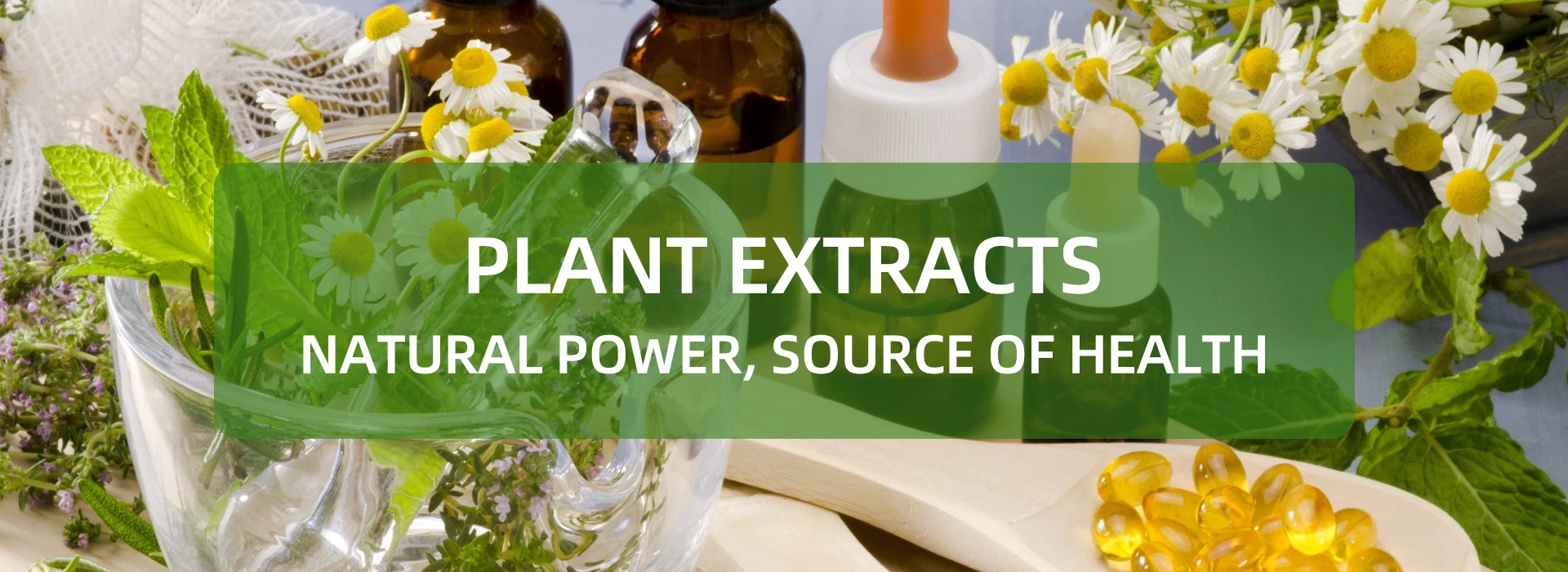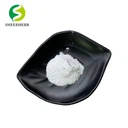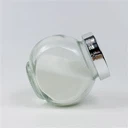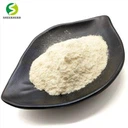Contact Us
- Room 1204, Vanke Huizhi Center, No. 56 Xifeng Road, Yanta District, Xi'an, Shaanxi, China.
- Chriswang@sheerherb.com
- +86 132 8987 3310

High Quality Anthocyanins Powder
Product Name: Anthocyanidin
Appearance: Powder
Cas: 13306-05-3
Chemical formula: C15H11O6
Grade: Food grade
Brand: Sheerherb
Shelf life: 24 months
Storage: Cool and dry place
Description
Products Description
What is Anthocyanidin?
Anthocyanin, also known as anthocyanin, is a kind of water-soluble natural pigment widely present in plants in nature, and it is a colored aglycon obtained by hydrolyzing anthocyanin. Most of the main coloring substances in fruits, vegetables and flowers are related to it. Under the conditions of different pH values of plant cell vacuoles, anthocyanins make petals show colorful colors. It is known that there are more than 20 kinds of anthocyanins, and there are 6 important ones in food, namely geranium pigments, cyanidin pigments, delphinium pigments, peony pigments, morning glory pigments and mallow pigments. The anthocyanins in the natural state exist in the form of glycosides, called anthocyanins, and there are very few free anthocyanins. Anthocyanins are mainly used in food coloring, and can also be used in dyes, medicine, cosmetics, etc.
Products Specifiaction
|
Item |
Specification |
Result |
|
Proantho Cyanidins (Assay) |
95% |
95.32% |
|
Physical Control |
||
|
Appearance |
Reddish Brown fine powder |
Conform |
|
Odor & Taste |
Characteristic |
Conform |
|
Identification |
Sample matches the reference standard material |
Conform |
|
Particle Size |
100% pass 80mesh |
Conform |
|
Loss on drying |
NMT 5.0% |
3.68% |
|
Residue on ignition |
NMT 5.0% |
3.42% |
|
Chemical Control |
||
|
Heavy Metal |
NMT 20 ppm |
Conform |
|
Lead |
NMT 2 ppm |
Conform |
|
Cadmium |
NMT 1 ppm |
Conform |
|
Mercury |
NMT 1 ppm |
Conform |
|
Arsenic |
NMT 2 ppm |
Conform |
|
Microbiological Tests |
||
|
Total Plate Count |
NMT 10,000 efu/mg |
Conform |
|
Yeast & Mold |
NMT 1,000 cfu/mg |
Conform |
|
E.Coli. |
Negative |
Conform |
|
Salmonella |
Negative |
Conform |
|
Staphylococcus |
Negative |
Conform |
Main Source
Anthocyanins widely exist in flowering plants (angiosperms), and their content in plants varies greatly with varieties, seasons, climates, maturity, etc. According to preliminary statistics: in 27 families and 73 genera of plants All contain anthocyanins, such as purple sweet potato, grape, blood orange, red cabbage, blueberry, eggplant, cherry, cranberry, strawberry, mulberry, hawthorn, morning glory and other plant tissues have a certain content.

The earliest and most abundant anthocyanin is grape skin red pigment extracted from red grape pomace, which was listed in Italy in 1879. The pigment can be extracted from the waste of winery - grape pomace. Elderberries contain a lot of anthocyanins, and they are all cyanidins, with a fresh weight of 200-1000 mg per 100 grams. In addition, anthocyanins are also widely found in food crops such as barley, sorghum, and legumes. Studies have found that grape seed and pine bark extracts have the highest anthocyanin content.
Products Application
1. Antioxidant and free radical scavenging function
Anthocyanins belong to bioflavonoids, and the main physiologically active functions of flavonoids are free radical scavenging ability and antioxidant capacity. Studies have proved that anthocyanins are the most effective antioxidants found by humans today, and are also the most powerful free radical scavengers. The antioxidant properties of anthocyanins are 50 times higher than VE and 20 times higher than VC. The purple sweet potato anthocyanin products have scavenging and inhibiting effects on -OH, H2O2, and other active oxygen, especially the scavenging ability on -OH is stronger than that of ascorbic acid, and the scavenging effect has a dose relationship with the concentration.
2. Anti-mutation function
The function of anthocyanins not only makes plants present colorful colors, but also has active molecules with health functions such as reducing enzyme activity and anti-mutation. Studies have shown that extracts with a certain concentration of anthocyanins can effectively prevent the occurrence of cancer at different stages, but the individual effects of anthocyanins are not certain, partly because they are separated from other stable components such as phenolic substances for bioassay, anthocyanins Easy to degrade.
3. Application in food
With the development of science and technology, people pay more and more attention to the safety of food additives, and the development and utilization of natural additives has become the general trend of the development and use of additives. Anthocyanins can not only be used as a nutritional enhancer in food, but also can be used as a food preservative instead of synthetic preservatives such as benzoic acid, and can be used as a food colorant in ordinary beverages and foods. General requirements for health.
You Might Also Like












